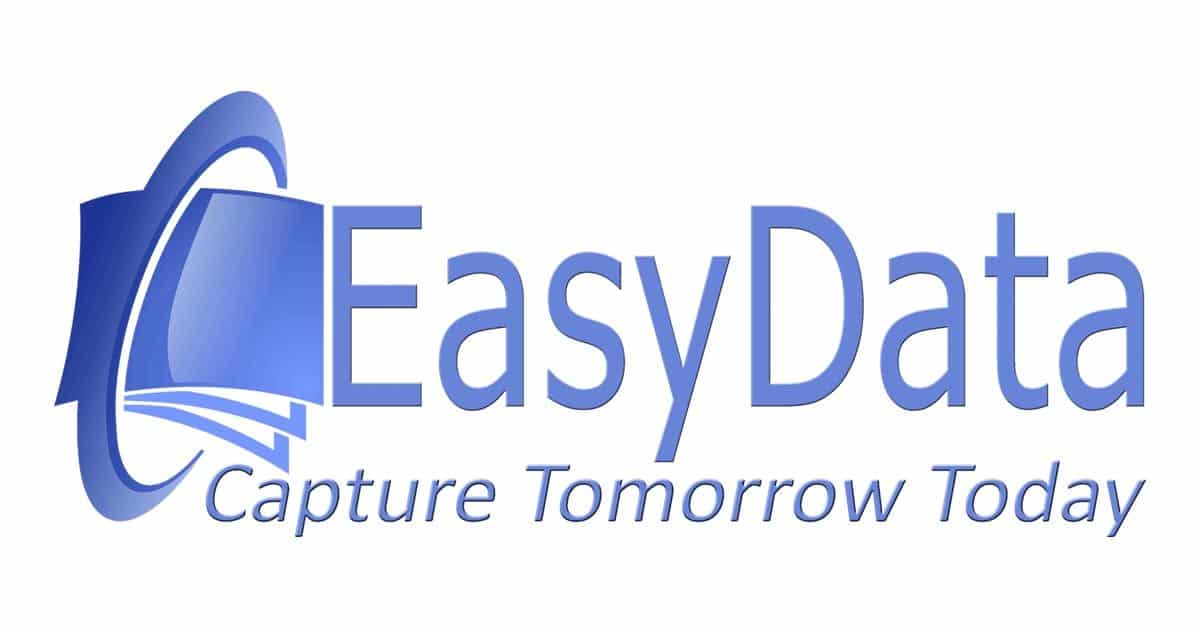OCR Intelligence for Archive Optimization
Achieve the highest possible accuracy, cost-saving document recognition, and 100% GDPR compliance.
That's what modern OCR delivers, secure in the European cloud.

Old & New: The Story of OCR
OCR (Optical Character Recognition) has been the key to digital archive discovery since the early 1990s. It began with solutions like TextBridge and OmniPage, where paper documents were converted to searchable files through labor-intensive processes. Nearly every archive professional remembers the era of 'counting dots and specks.' ABBYY FineReader brought the first truly reliable OCR solution around the turn of the millennium, using its own 'speck database' to merge dots into recognizable letters, establishing the modern standard that advanced OCR development.

What distinguished FineReader was the combination of image recognition with linguistic context. Letters weren't just seen as pixels; they were interpreted directly as words, with continuous correction through linguistic information and dictionaries.
- TextBridge: first mass-used OCR, but mediocre with non-standard layouts
- OmniPage: strong with standard fonts, struggled with complex layouts and tables
- ABBYY FineReader: pioneer in OCR technology, contextual correction and layout analysis
EasyData has been working on practical solutions since 1999: not just good recognition, but also proper mapping of language characteristics per industry and even organization. Think of specific legal terms, clause structures, and formal language patterns used in the legal sector.
Similarly, healthcare involves medical terminology, patient record structures, and specific documentation standards. And in tax matters, there are unique form layouts, fiscal terms, and legal classifications that make the difference. This led EasyData to develop custom modules years ago that we now call LLM solutions for tax archives, healthcare records, and legal files. This approach ensures EasyData's solutions are much more accurate than generic OCR systems and require fewer manual corrections.
AI & Large Language Models: OCR Reinvented
Before 2020, OCR was mainly a competition over who could get the most characters in the right place — post-processing corrections were always the norm. But with the rise of AI and the first Large Language Models (LLMs), everything changed rapidly. EasyData became the first European company to fully switch to LLM-driven OCR in 2020.
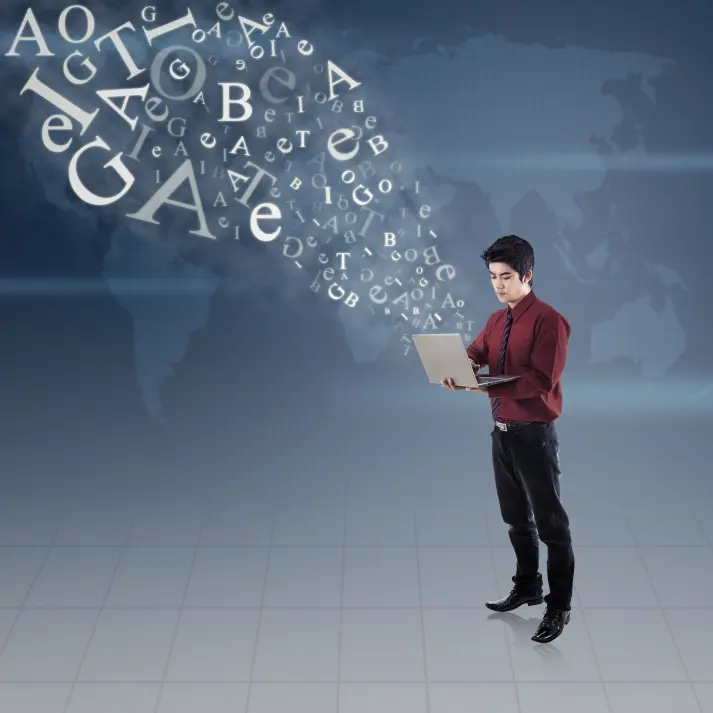
- LLM application: recognizes semantics (meaning), not just letters
- Archive material can be re-OCR'd; thousands of pages simultaneously, much faster and more reliable
- Correction work and transcription hours drop by 85%
- Data remains secure in Europe through local cloud processing
Client example: The Belgian Senate had all their old scans re-recognized with new AI-OCR in 2024. Error rates dropped from a poorly scanned archive from 75% to less than 2%, tables are now automatically exported as Excel files, and difficult-to-read minutes are still correctly recognized in context.
Why Archives Are Re-Recognizing Text Now?
-
The facts of innovative text recognition:
- Up to 99% accuracy on old and poor scans
- Complete re-recognition of millions of pages in weeks, not months
- Files delivered as directly searchable / bookmarked PDFs
- Now also recognize columns, tables, PDF text layers, everything interactive and linked to your database
- Cost reduction up to 70% compared to manual checking and old OCR modules
Example: An organization had 14 million files re-read by EasyData using new OCR techniques. The export of structured data to traceable PDFs and Excel documents yielded a direct saving of €50,000 per year through reduced time loss and error corrections.

We Recognize: "REGULAR SESSION 1920-1921."
🔹 Basic Cloud OCR
- Fast first-line support per ticket
- Automatic platform updates
- All EasyData Technology
- Monthly SLA reporting
- OCR process without surprises
- Secure NextCloud server
- PDF/A export
- Grafana online Dashboard
🌟 Professional Cloud OCR
- All Basic Cloud OCR options
- Separate table extraction
- ALTO XML export
- Smart layout analysis
- Personal point of contact
- Custom metadata export
🏆 Enterprise Support
- Options from preceding packages
- Custom OCR recognition
- Your own trained LLMs
- 2 million+ pages in 24 hours
- EasyVerify for online analysis
- EasyData Security Guarantee
* No startup costs from 250,000 pages per year.
Innovation: Structure, Tables and Layout Fully Automated
Modern OCR is more than just perfect recognition. EasyData introduces advanced page analysis:
Column & Table Recognition
- Multiple columns automatically as separate text fields
- Tables preserved as separate spreadsheets, including line breaks and cell structure
- Output directly to Excel, CSV or database with traceable location information
ALTO/Metadata & Archive Enrichment
- Every text unit (paragraph, footnote, header) gets a unique location code and context tag
- Possibility for batch disclosure to your existing archive software
- Including automatic filling of database fields with relevant parameters
Document Archive Benefits
- Quick search in documents via bookmarks & search terms in PDF
- Make healthcare record data searchable per patient, period and measurement
- Integrate tables into your financial workflow, with smart error detection
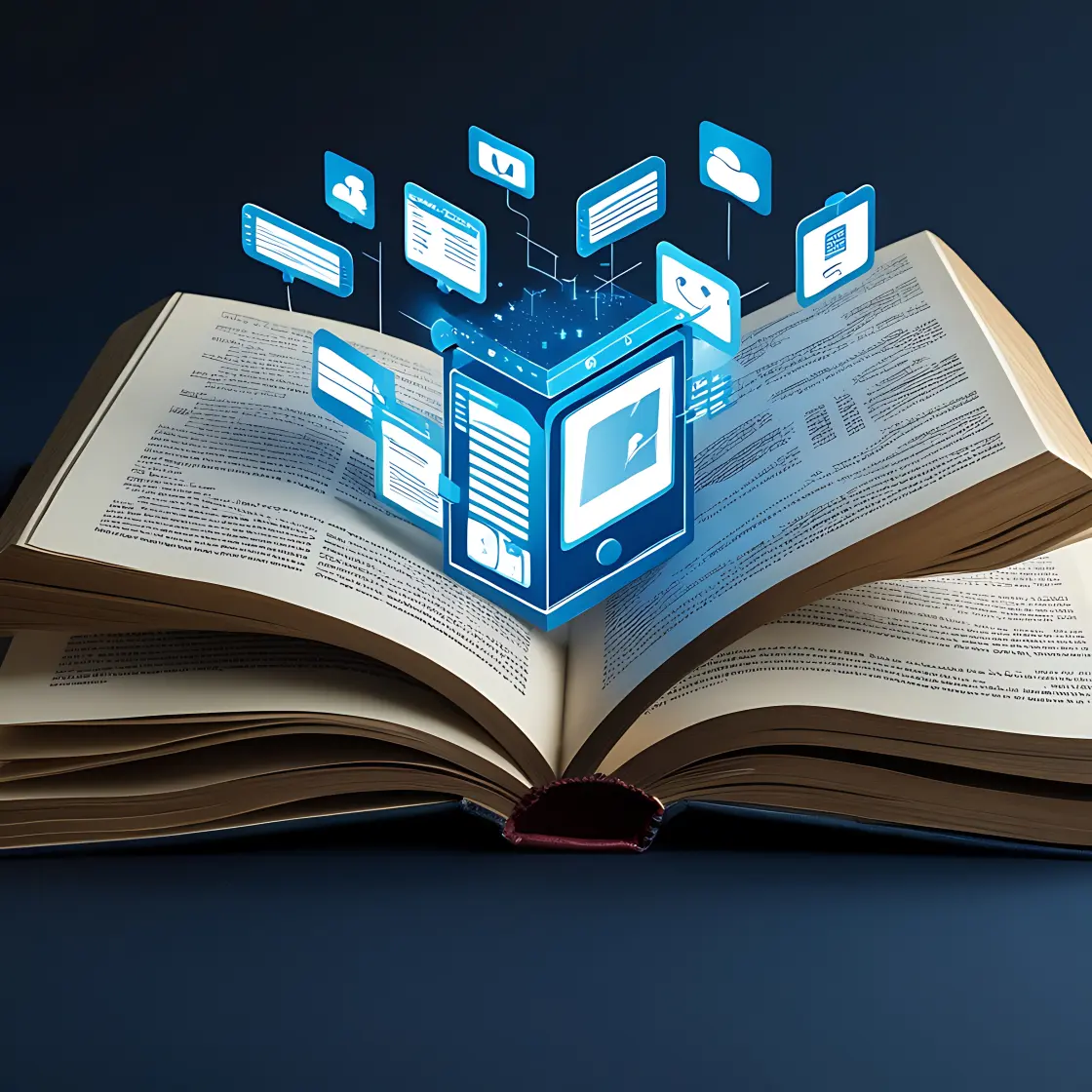
Data Extraction: From Simple OCR to Knowledge Discovery
Through the use of LLMs and AI, OCR becomes a full-fledged instrument for progressive data discovery:
- Prompt-cascading: Each question automatically generates follow-up questions, making more hidden connections visible.
- Associative knowledge archiving: New patterns and relationships emerge as AI context-sensitively connects data.
- Dialogical data exploration: Researchers, archivists or IT professionals can literally 'converse' with the archive for deeper insights.
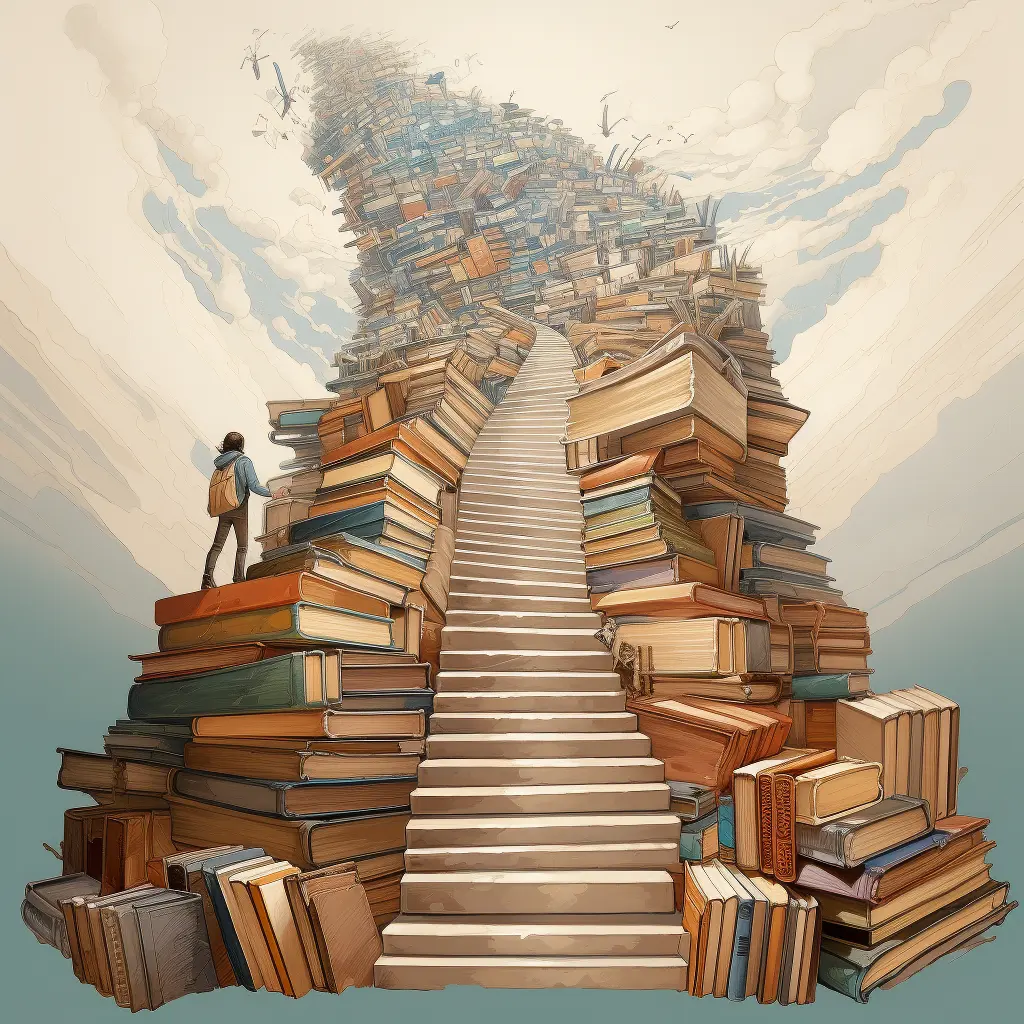
Export & Archive Integration: Interactive and Maximally Usable
New OCR exports (2024):
- Fully searchable, bookmarked PDF — ideal for colleagues and external clients
- ALTO/XML: direct connection to archive software with automatic metadata mapping
- Excel/CSV: tables and datasets directly reusable in analyses or financial systems
A municipal archive has millions of old building files as new PDFs with bookmarks and extractions.
Staff now search by name/street/year without browsing.
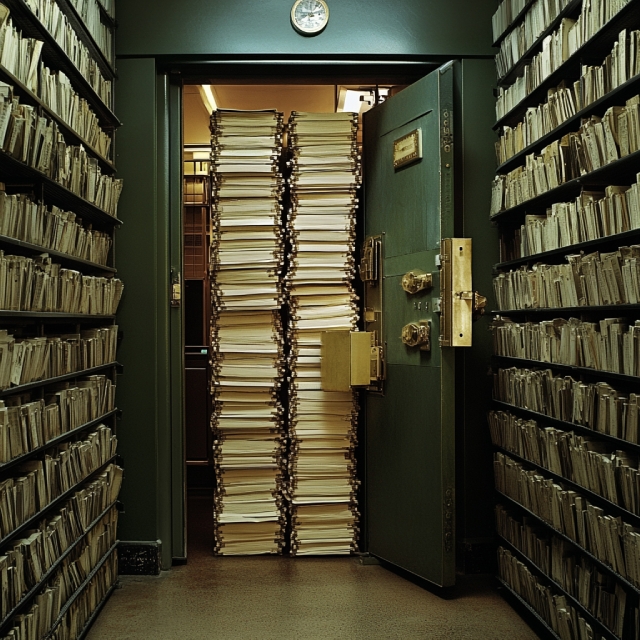
Ready to Go from Paper Stacks to Smart Data?
Our AI-OCR delivers 99% accuracy, 85% less correction work, and complete re-recognition of millions of pages. Join organizations in healthcare, legal sector, and government that have transformed their archives into searchable, intelligent knowledge sources.
Guaranteed Results with European Technology
✓ GDPR-compliant processing in European datacenter
✓ 25+ years expertise in document automation
✓ No vendor lock-in, transparent European pricing
✓ Free proof-of-concept on your own archive material
